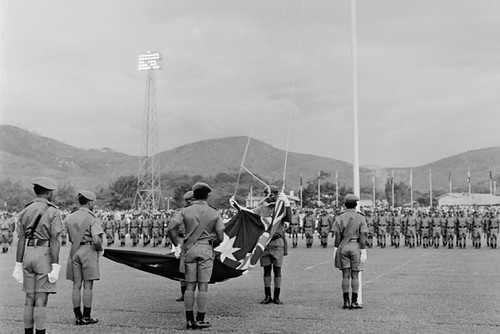World AIDS Day is proclaimed worldwide by the UN member states.
World AIDS Day is observed annually on December 1st and serves as a global opportunity to raise awareness about HIV/AIDS (Human Immunodeficiency Virus/Acquired Immunodeficiency Syndrome). The day is dedicated to honoring those who have lost their lives to AIDS-related illnesses, supporting individuals living with HIV, and promoting efforts to prevent new infections.
Global Awareness: World AIDS Day is recognized worldwide, with various events, activities, and campaigns taking place to inform people about HIV/AIDS. The aim is to eliminate stigma and discrimination associated with the virus while educating communities about prevention, treatment, and support services.
Red Ribbon Symbolism: The red ribbon is the universal symbol of awareness and support for those living with HIV/AIDS. Many people wear red ribbons on World AIDS Day to demonstrate solidarity and show commitment to fighting the stigma surrounding the virus.
Educational Initiatives: Numerous educational programs are conducted on World AIDS Day to provide accurate information about HIV transmission, prevention methods, and the importance of early detection. These initiatives contribute to reducing the spread of the virus and dispelling myths and misconceptions.
Testing and Counseling Services: Some regions offer free HIV testing and counseling services on World AIDS Day to encourage people to know their HIV status. Early detection allows individuals to access appropriate medical care and support.
Commemorative Events: Various events, such as candlelight vigils, memorial services, and art exhibitions, are organized to remember those who have lost their lives to AIDS-related illnesses. These events often provide a platform for people to share their experiences and stories.
Advocacy for Funding: World AIDS Day is an opportunity for organizations, governments, and advocates to call for continued funding for HIV/AIDS research, treatment, and prevention programs. Adequate resources are crucial for making progress in the global fight against the epidemic.
Governmental and Organizational Involvement: Governments, NGOs (Non-Governmental Organizations), and other institutions actively participate in World AIDS Day by organizing events, disseminating information, and implementing policies to address the challenges associated with HIV/AIDS.



